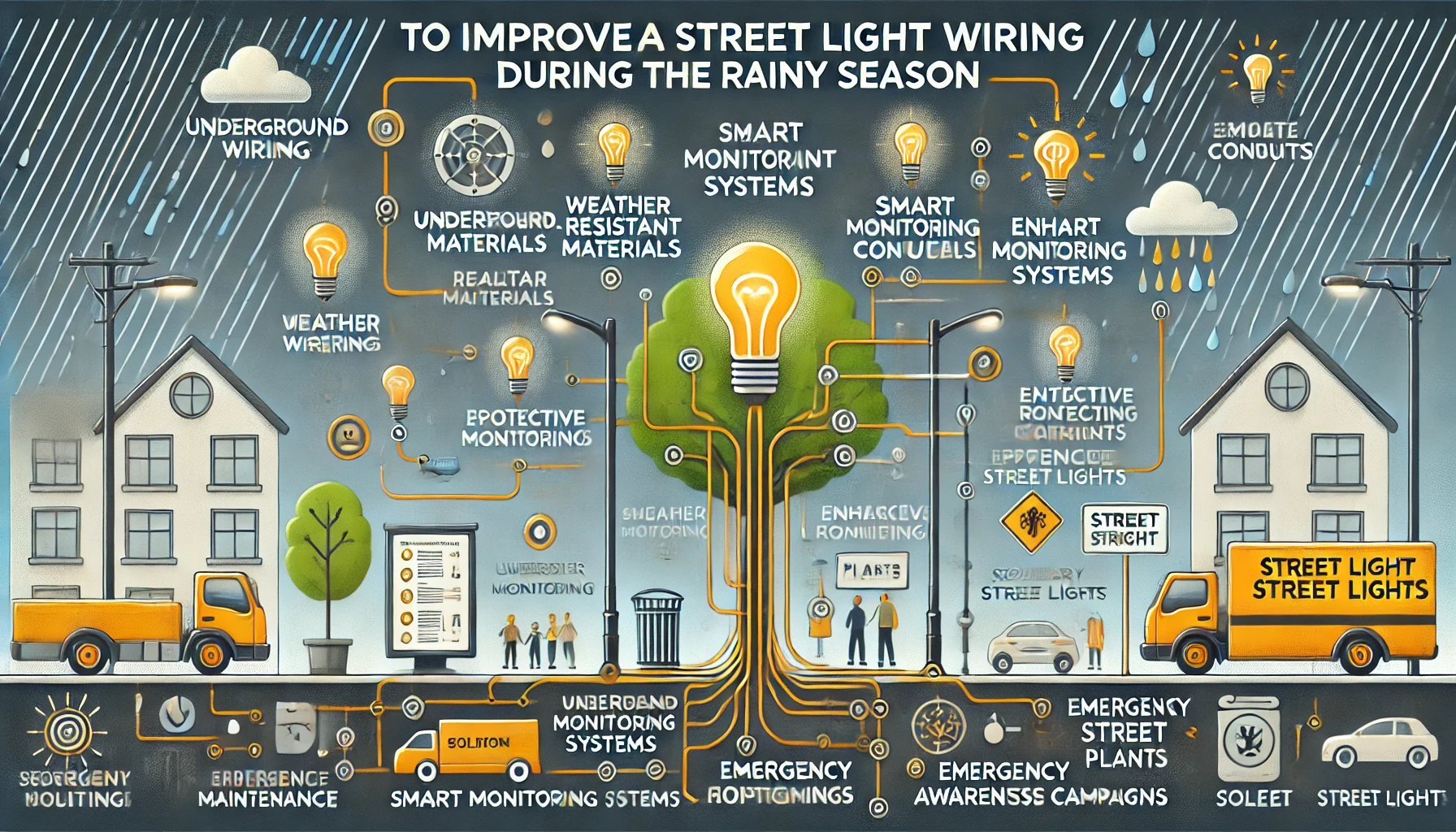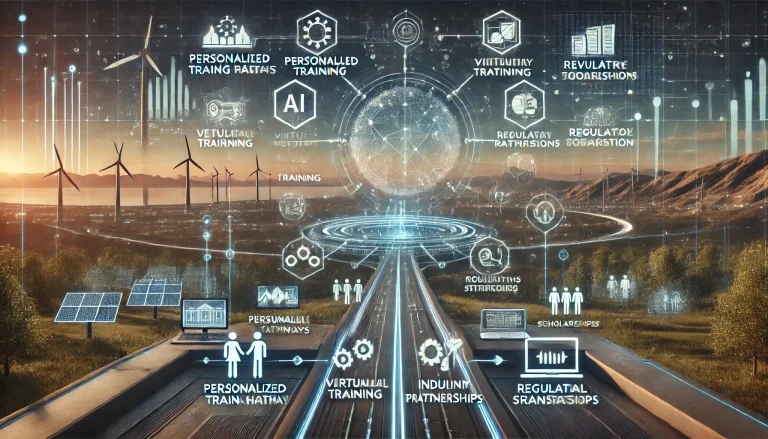Vision of Government for Street Lights in Rainy Season :
To develop a resilient and smart street light infrastructure that ensures continuous operation and public safety during adverse weather conditions. This involves transitioning to underground cables in critical areas, using weather-resistant materials for overhead wires, and implementing smart monitoring systems with real-time sensors for prompt repairs. Routine maintenance, enhanced fastening techniques, and protective conduits will further secure the system. Solar-powered street lights will provide a renewable power source, and community awareness campaigns will promote safety and efficient reporting of issues, enhancing overall resilience and sustainability.
What are the biggest pain points they experience when trying to achieve their goals?
- Frequent Wire Cuts: Overhead wires are frequently damaged during storms, causing power outages.
- High Repair Costs: Repeated repairs lead to significant financial expenditures.
- Public Safety Hazards: Damaged wires pose serious safety risks to residents and pedestrians.
- Maintenance Challenges: Regular maintenance is difficult, especially in adverse weather conditions.
- Service Disruptions: Power outages disrupt daily activities and reduce the quality of life.
- Resource Allocation: Insufficient funds and resources for proactive maintenance and upgrades.
- Environmental Impact: Inefficient and outdated materials and methods lead to increased environmental impact.
- Technological Limitations: Lack of advanced technology for monitoring and preventing damage.
- Community Inconvenience: Frequent outages and repairs inconvenience residents and businesses.
- Long Repair Times: Delays in detecting and repairing damage prolong outages and hazards.

Innovations that Helps to Solve the Problem:
- AI-Powered Monitoring Systems: Using AI to predict and prevent infrastructure damage.
- Wireless Control Systems: Remote monitoring and control of street lights.
- Solar-Powered Street Lights: Renewable energy solutions to reduce reliance on the grid.
- Durable LED Lighting: Long-lasting and weather-resistant LED lights.
- Smart Sensors: Real-time data collection for monitoring infrastructure health.
- Integrated Connectivity: IoT solutions for seamless communication and control.
- Automated Maintenance Alerts: Systems that automatically notify maintenance crews of issues.
- Advanced Protective Materials: New materials that offer better protection against environmental factors.
- Dynamic Lighting Adjustments: Systems that adjust lighting based on real-time conditions.
- Self-Healing Materials: Emerging technology that allows materials to repair themselves after damage.
Top 10 Startups Who already Working for this Issue :
- Grid Smarter Cities: Innovates in urban infrastructure management, including street lighting.
- Telensa: Provides wireless control systems for street lighting.
- SmartSense: Develops sensor technology for real-time infrastructure monitoring.
- Rambus: Offers smart lighting solutions with integrated connectivity.
- SolePower: Innovates in generating power from alternative sources for street lighting.
- Urban Control: Focuses on smart city solutions, including advanced street lighting systems.
- Current by GE: A startup within GE focusing on smart city infrastructure.
- Flashnet: Provides smart lighting solutions and IoT connectivity.
- CityTaps: Innovates in smart utility management, including lighting.
- Paradox Engineering: Specializes in IoT and smart city solutions.
Conclusion :
The comprehensive plan to enhance the street light infrastructure during rainy seasons focuses on resilience, efficiency, safety, sustainability, and community engagement. By transitioning to underground wiring where feasible, using weather-resistant materials, implementing smart monitoring systems, and developing robust emergency response plans, the proposed solutions aim to address the frequent disruptions caused by heavy winds and rainfall. Additionally, integrating solar-powered street lights and forming strategic partnerships with technology providers will ensure that the street lighting system is not only resilient but also forward-thinking and sustainable.
This proactive approach will significantly reduce maintenance costs, improve public safety, and ensure uninterrupted service, thus enhancing the overall quality of life for residents. By involving the community through awareness campaigns and reporting platforms, the city can foster a collaborative effort in maintaining and improving its infrastructure. Implementing these solutions will position the city as a leader in smart and sustainable infrastructure management, setting a benchmark for other regions to follow.
With a clear vision and a detailed implementation plan, the city is poised to tackle the challenges posed by adverse weather conditions, ensuring a brighter, safer, and more resilient future for all its residents.



